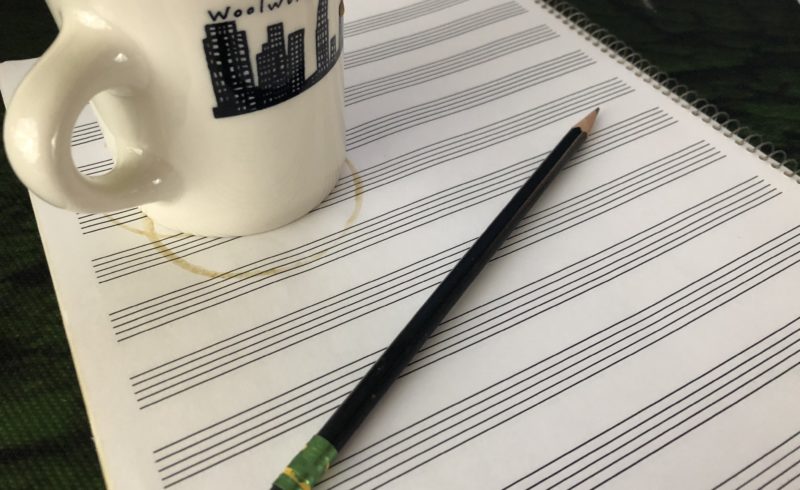
While watching TV last night, a few distinct thoughts struck me, and together they converged to inspire this post.
My first thought, which I’d had countless times before, was the tremendous impact of the music in “Better Caul Saul.” It’s distinctive and perfect, and they sure deserve their recently announced Emmy Award nomination. (Third nomination for Saul’s music supervisor, Thomas Golubić.)
My second thought was, “I am being shown a ton of commercials! An absolute ton.”
And then my third was that I’d heard recently that Netflix plans to roll out a new ad-supported tier. And I shouldn’t be surprised at it, because TV Commercials are far and away still the gold standard of advertising far and away.
Won’t dwell, but it would be hard to overstate the importance of music across broadcast media. Sufficeth to say, it’s vital. What’s it got to do with me, beyond enjoying the show and maybe the commercials more? It made me think, “I’ll write a post about the value of preemptive music analysis and maybe even admit that I particularly enjoy it.”
Preventative music comparison and analysis, usually in the service of broadcast media, seeks to avoid plagiarism or copyright infringement issues — working to avoid conflict rather than later working through conflict.
A creative brief might include specifically named existing works as guidance because music is subjective and hard to talk about. There’s a familiar if probably misattributed quote, “Writing about music is like dancing about architecture.” Naming a few familiar songs in brief cuts through a lot of that. Speaking as a composer, it covers a lot of ground with efficiency. Let’s just be frank, though. When putting music to picture for an advertisement or other small production, a client will frequently have had a famous song in mind, one for which the sync fee would be considerably higher than they’re interested in paying; one that they can’t really afford. And those clients may have held this song in mind throughout the creative process and perhaps through much of the production. They may have even inquired about the sync license fee for that famous track at some point, just to make sure it was too high. (Somewhere in the tens of thousands probably, indeed it was.) Then they turn to the familiar idea of what’s called a “soundalike,” a piece of music that shares some qualities with a famous song, and from those qualities enjoys the same emotional and perceptual response, but isn’t similar in a way that would support an accusation of infringing on another’s copyright. They might source a track from a music library — one that is tagged and marketed specifically because it sounds a bit like that famous song. Or they might go to a custom music house or a composer and have a piece written specifically with the intent to not infringe upon, but evoke a similar response in the viewer as that famous song would. We hear soundalikes on TV all the time. They’re very common. And often, unfortunately, they result in lawsuits, which, again, are better avoided than fought.
Soundalikes are obviously inherently risky, and preemptive music analysis is about illuminating and mitigating that risk. Too often though, the soundalike goal is expressed as “get as close as possible but not step over the line,” hopefully arriving at a result where any claim that might come along should fail on some technical grounds. But my approach is always that even specious claims are risky, and that risk is something you minimize. That whatever level of risk you might acknowledge and accept, you prefer to take that risk knowingly. So, of course, we endeavor to look at the notes and consider whether we’re “technically” on good footing. But more broadly than that, the service involves trying to predict and prevent any perception of impropriety, adhering to and preserving the creative vision and value, but not inviting conflict gladly.
It’s about communication and problem-solving. I help my clients understand the musicology involved so they can make the business decision that they need to make with as much information as possible. And then, on occasions where we agree the risk is substantial, there are often steps to be taken, musical recommendations that help preserve both the bathwater and the baby. As a musicologist, I’m fluent in music production as well as the notes themselves, and I honestly love talking directly with the composers. They’re invariably so great. There’s never any of the defensiveness or rigidity that one might intuit; it just doesn’t happen. Or very nearly doesn’t happen. I think musicians by nature generally aim to please. So the process, while sometimes under tight deadlines, goes smoothly and enjoyably. Everyone avoiding conflict together — that’s gratifying work.